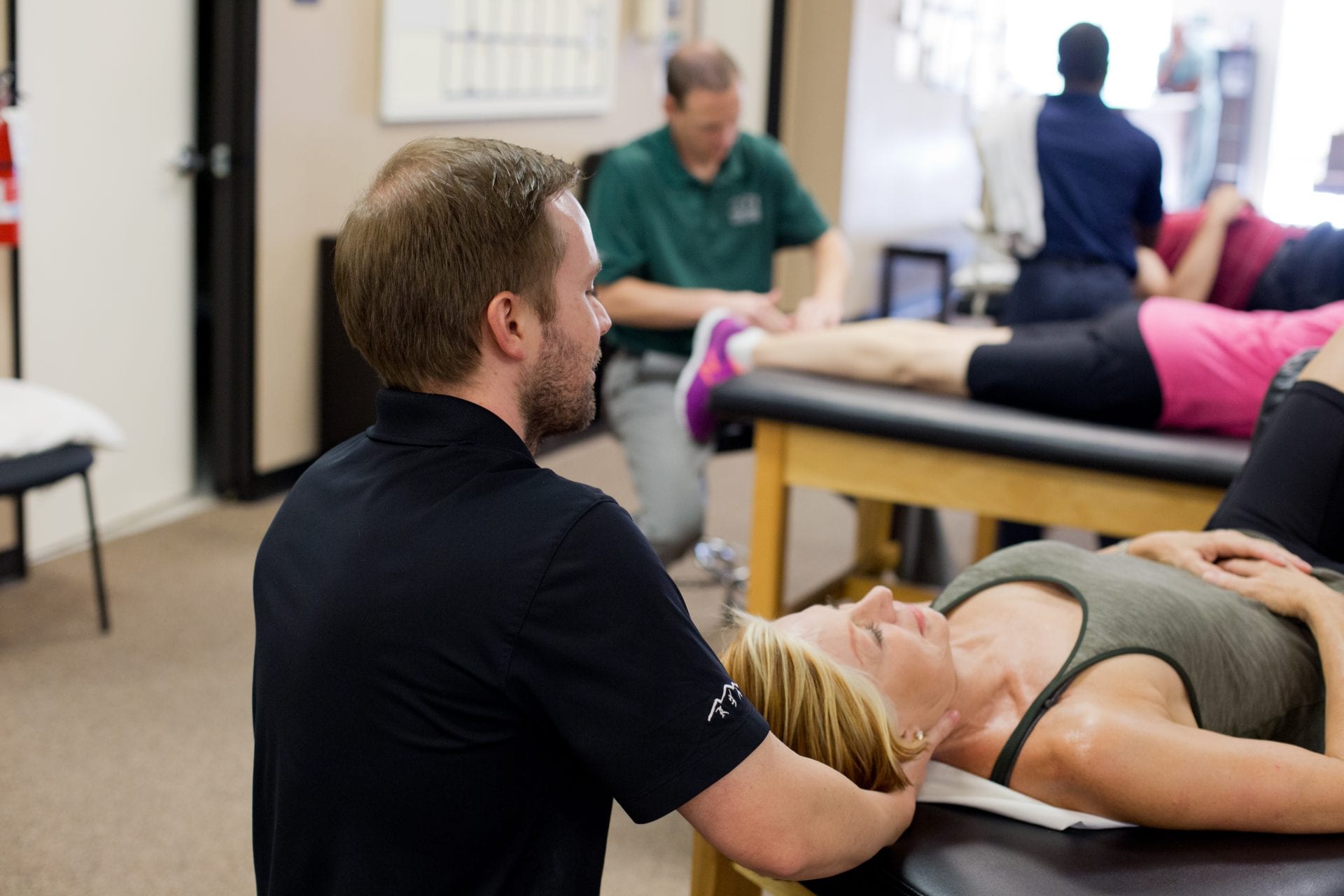It seems that a pain everyone will experience at one time or another, especially while performing important daily activities such as eating and talking, is jaw pain. These activities are necessities for normal function and any amount of this pain can be debilitating—causing increased stress and decreased focus. It may be easy to search for these symptoms online and discover that a temporomandibular joint (TMJ) dysfunction is the most common diagnosis associated with your pain. Is it really that easy to diagnose? Or could there be something else, some other overlooked explanation for the pain you are experiencing?
What is a TMJ Dysfunction?
A TMJ dysfunction occurs when the joint that makes up the jaw becomes restricted, either by the condylar disc (the connective tissue between the two bones that make up the joint) or the muscles that surround and move the joint, such as the masseter and temporalis. This can occur as a result of the prolonged opening of the mouth, which you may experience during dental procedures or from other jaw injuries. More ambiguous causes, such as arthritis or autoimmune diseases, can be at fault as well. Treatment of these conditions can involve TMJ mobilization and soft tissue to the jaw muscles to release tension in the joint.
What is an Upper Cervical Dysfunction?
Keeping this in mind, it is important to be aware of another condition that causes similar symptoms, but that is unrelated to the actual function of the jaw. This condition is referred to as upper cervical dysfunction. Upper cervical dysfunction occurs when the upper cervical joints (C1-C3) and the associated muscles become restricted and refer pain to other areas—most commonly behind the eyes and to the jaw area. These areas can be affected by whiplash injuries, stress, or merely sleeping in the wrong position. In these cases, treatment consists of manual intervention to treat the upper cervical spine mobility and perform soft tissue mobilization to the upper cervical and suboccipital musculature. An exercise program for stretching and postural stabilization would also be incorporated to prolong relief and return you to normal function long term.
“I once encountered a patient, who was referred to physical therapy for a TMJ dysfunction, who had been in pain for so long that she had been unable to eat any solid foods for the previous 6 months. I started evaluating her TMJ function and I noticed that she had no deviations in movement of the jaw, so I immediately turned to evaluate her upper cervical spine. After explaining the differences between TMJ and upper cervical dysfunction, I began to focus on and treat her upper cervical spine. About 2 weeks into the treatment, we started to see an improvement in function and a significant decrease in pain. The following Monday she returned to physical therapy to report that she had been able to eat a hamburger from her favorite restaurant, for the first time in over 6 months!”
This anecdote serves as a reminder that the most obvious explanation is not always the right one. Allow us to help you determine where your pain is coming from and put you back on the road to recovery by making the choice to see a physical therapist at one of our many Foothills Sports Medicine clinics. Whether that means enjoying a meal at your favorite restaurant, or just being able to get through a normal day, is up to you!




